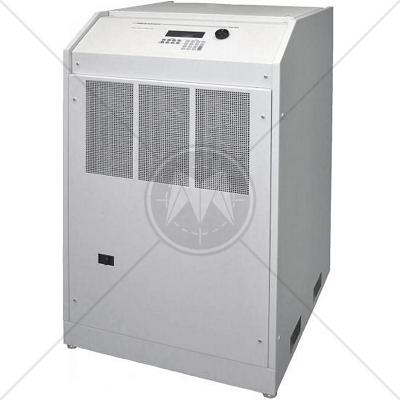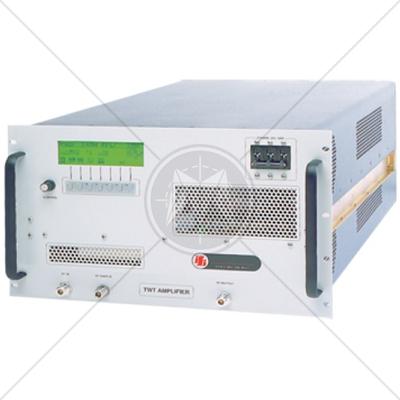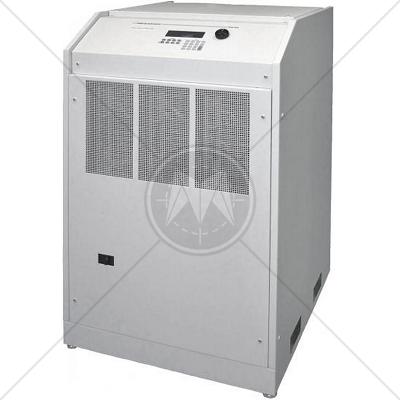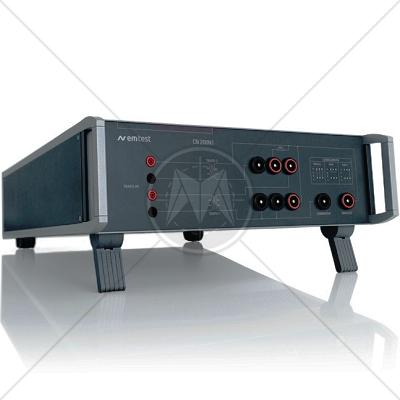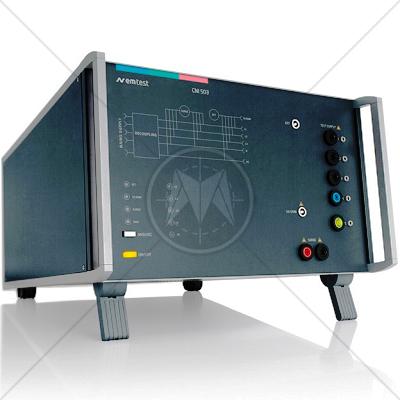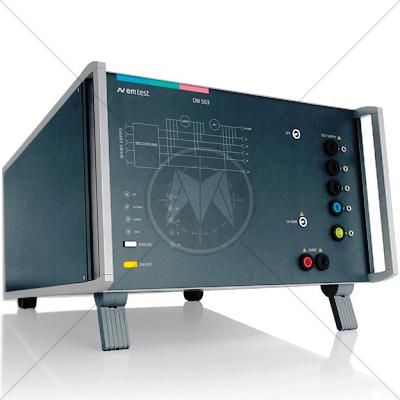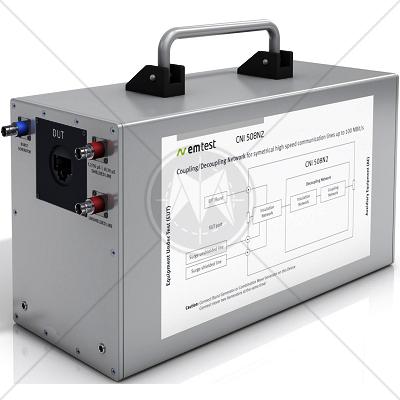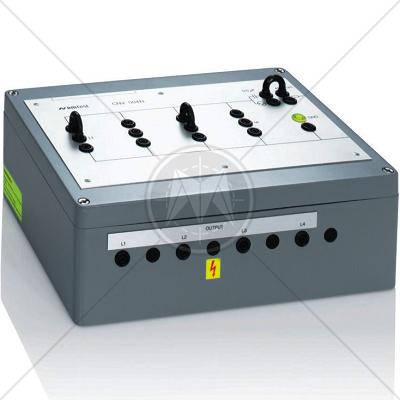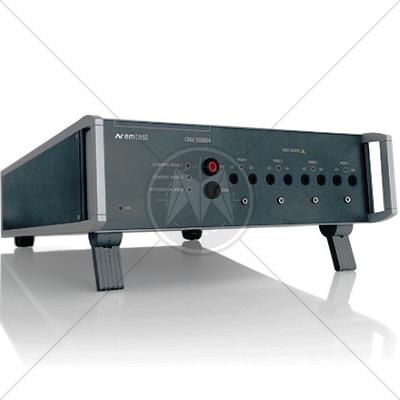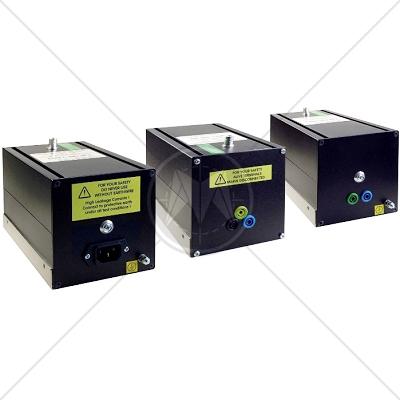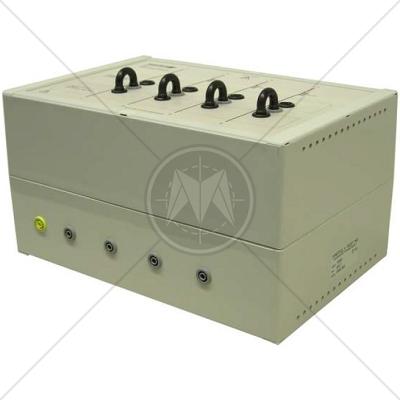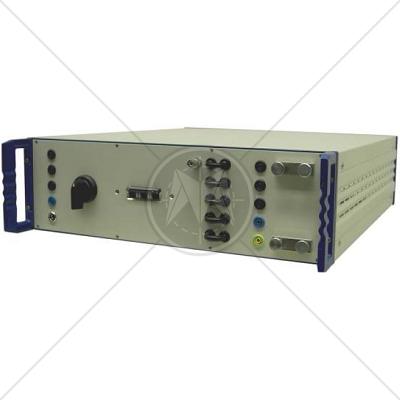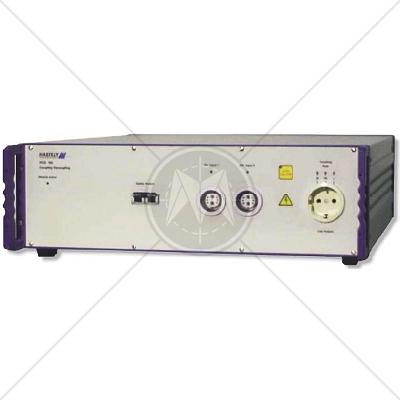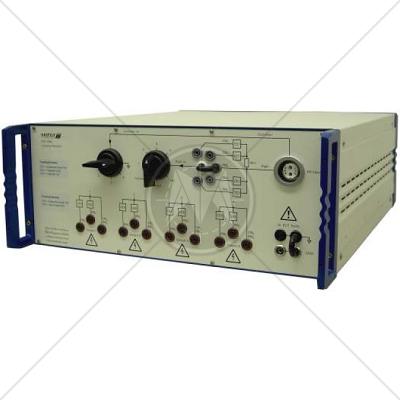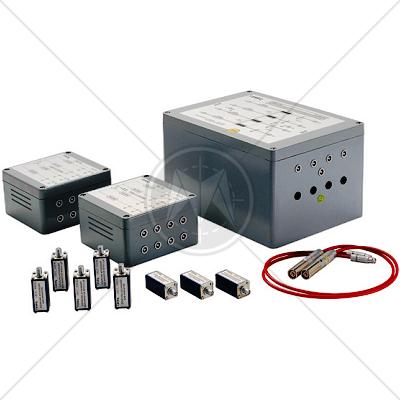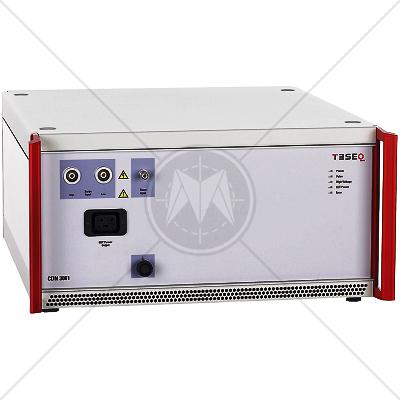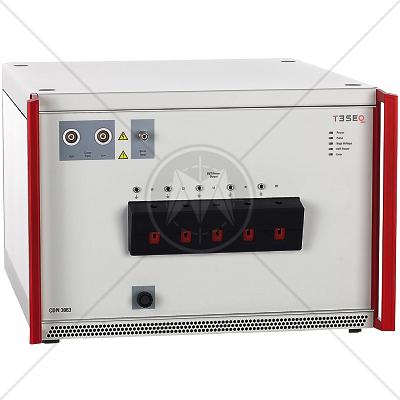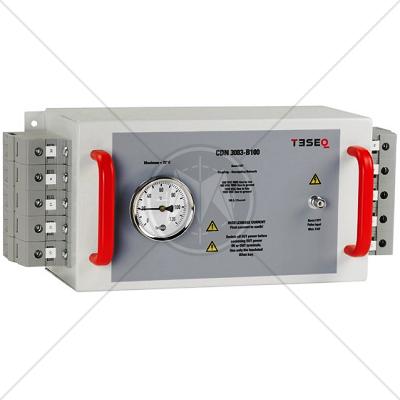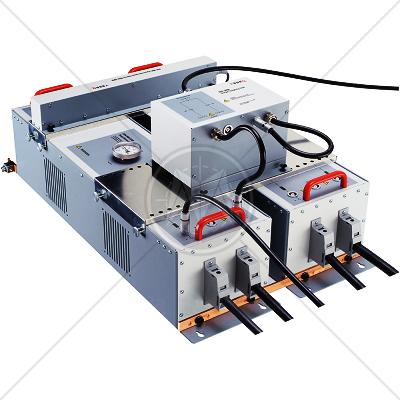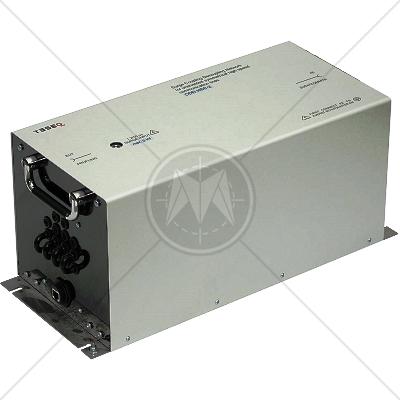Coupling / Decoupling (CDN)
Electronic products can be susceptible to interference from nearby transmitters due to signal coupling to external I/O cables of the product's This is especially true for products with long external power, communication and interface cables. The level of interference that product must be able withstand is defined in the standard. A CDN is used to couple the disturbing signals to the product I/O cables. These levels are injected into the CDN using a suitable power amplifier and an RF signal generator. The CDN consists of circuits for coupling and decoupling injected RF signals. The coupling circuit injects the disturbing signal into the cables under test.. The decoupling circuit prevents the injected signal from reaching the auxiliary equipment (AE) connected to the EUT.


|
|
|
|
|
|
|
|
|
|
|
|
|
|
|
|
|
|
|
|
|
|
|
|
|
|
|
|
|
|
|
|
|
|
|
|
|
|
|
| | Haefely PCD 150 CDN for Data & Control Lines | The PCD 150 is used for surge coupling onto unshielded data- and signal lines according to IEC/EN standards. Damped oscillatory waves with both 100kHz and 1MHz up to 3.3kV peak as well as ring wave 100kHz with Z=200 Ohm up to 4.4kV peak can be couple... View Details >>
|
|
|
|
|
|
|
|
|
|
|
|
|
|
|
|
|
|
|
|
|
|
| | TESEQ CDN HSS-2 Coupling Decoupling Network | The Coupling Decoupling Network CDN HSS-2 is designed for convenient surge testing with 1.2/50 μs pulses, as defined in IEC/EN 61000-4-5, on unshielded symmetrical high speed telecommunication lines e.g. Ethernet. Coupling modes to 1, 2 or 4... View Details >>
|
|
|
